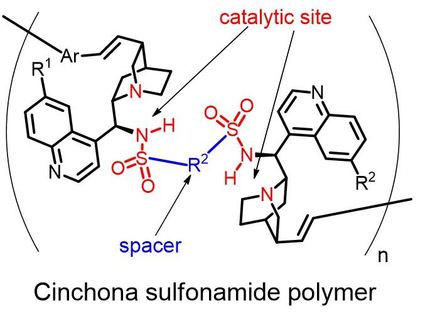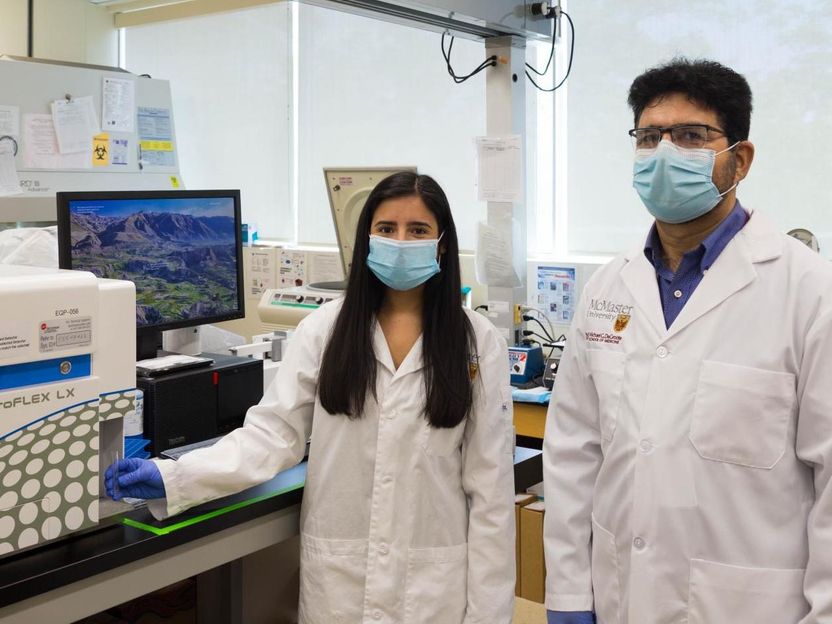Biomimetic polymer synthesis enhances structure control
A new biomimetic approach to synthesising polymers will offer unprecedented control over the final polymer structure and yield advances in nanomedicine, researchers say.
In a University of Warwick-led study published in the journal Nature Chemistry, researchers from the UK (Prof Rachel O’Reilly, Dr Ronan McHale, and Joseph Patterson of the University of Warwick) and Australia (A/Prof Per Zetterlund of UNSW) outline a new method of polymer synthesis based on combination of segregation and templating – a pair of natural approaches that have evolved over billions of years that direct complex biological processes.
Segregation improves biochemical control in organisms’ cells by organising reactants into defined, well-regulated environments, while the transfer of genetic information is a primary function of templating, the paper states.
Professor Rachel O'Reilly from the Department of Chemistry at the University of Warwick said: “The ability to synthesise polymers with such precision and control will enable us to tailor make polymers for specific needs, with major applications in materials chemistry, nanotechnology and nanomedicine.”
One way of growing polymers is through a process known as radical polymerisation, whereby a free radical initiates chain growth by adding to a monomer unit, generating a new radical that in turns adds to monomer, etc.
However, conventional radical polymerisation yields polymers of ill-defined structure - they have a wide-range of molecular weights, the monomer sequence distribution along the chain is difficult to control and the length of the chain cannot be predetermined.
Professor O’Reilly said: “One of the long-standing goals in synthetic polymer chemistry is to be able to synthesize polymer of well-defined microstructure. Our approach offers much better control over molecular weight distributions, gives access to higher molecular weights, and offers potential to control tacticity and monomer sequence distribution.”
This allows researchers to better control the physical and mechanical properties of the polymer, which determines its functionality, and could enable sequence-controlled polymerisation and thus controlled polymer folding, a pinnacle of polymer science.
“The overall structure in biopolymers is dictated by how the polymer chains fold – or arrange themselves in space – as exemplified by the DNA double helix,” said Professor O’Reilly.
“To be able to mimic such behaviour it is necessary to be able to prepare polymers with very specific distributions of monomers along the chain.”
Most read news
Organizations
Other news from the department science

Get the life science industry in your inbox
By submitting this form you agree that LUMITOS AG will send you the newsletter(s) selected above by email. Your data will not be passed on to third parties. Your data will be stored and processed in accordance with our data protection regulations. LUMITOS may contact you by email for the purpose of advertising or market and opinion surveys. You can revoke your consent at any time without giving reasons to LUMITOS AG, Ernst-Augustin-Str. 2, 12489 Berlin, Germany or by e-mail at revoke@lumitos.com with effect for the future. In addition, each email contains a link to unsubscribe from the corresponding newsletter.



















































